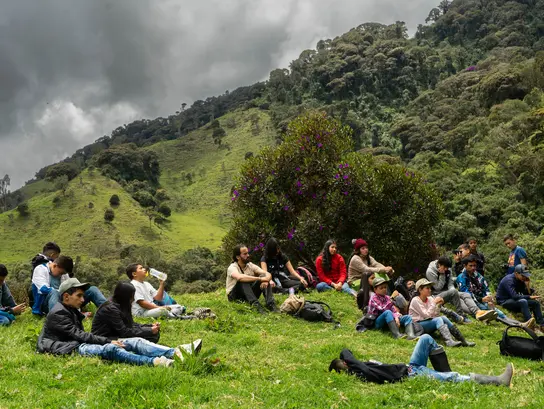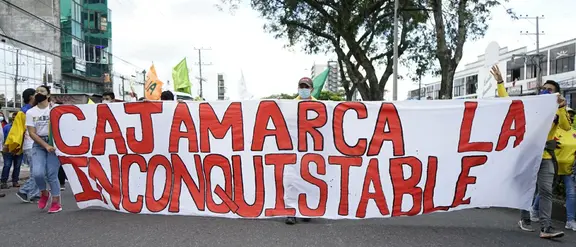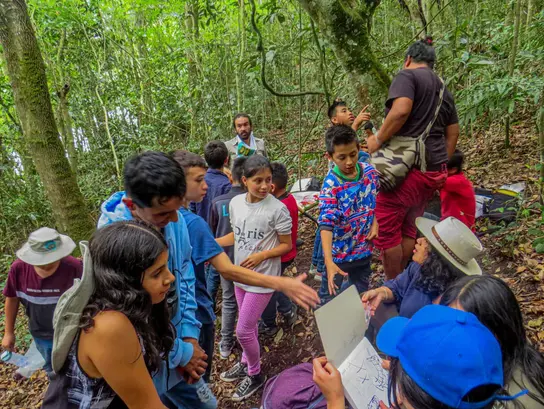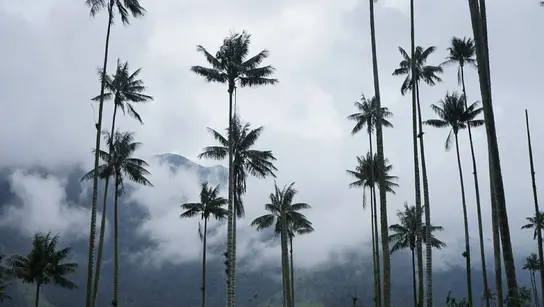Colombia: Young people fight against mining plans
In the Colombian community of Cajamarca, young people are fighting against the plans of a multinational corporation to mine gold there. They want to preserve the fertile soil, biodiversity, and clean water sources of their homeland.

Jefferson Rojas was 17 years old and still a student when the mining company AngloGold Ashanti discovered gold in his hometown in 2007 and began exploratory drilling: "We knew nothing about mining," he says. "We had to find out what it meant for us. And we realized that the open-pit mining the company planned would destroy our biodiversity, our water sources, and our livelihoods."
The young people joined forces and organized resistance: They founded the environmental collective COSAJUCA (Colectivo Socio-ambiental Juvenil de Cajamarca), spoke with farming families, and exposed the corporation's promises of bringing progress, jobs, and prosperity to Cajamarca. Together with other environmental organizations, they secured a referendum in 2017, and the result was clear: 98 percent of the 6,241 votes cast were against the mining project. A huge success that the corporation could not ignore. It halted its activities, closed its offices, and withdrew—for the time being.
"We must keep fighting."
AngloGold Ashanti is unwilling to abandon the rich gold deposits in Cajamarca, as high profits await. "There are currently five court cases underway challenging the validity of the referendum," says Yefferson. "We must continue to fight."
The young environmentalists' motto is: "Cajamarca, la Inconquistable," Cajamarca, the Invincible. This is also the name of the festivals where they use acrobatics, music, and art to engage children, especially those from remote rural schools, inspiring them with the beauty and importance of protecting their environment. "The children and young people play a crucial role," says Yefferson, who, with support from Terre des Hommes and the BMZ (German Federal Ministry for Economic Cooperation and Development), coordinates both the festivals and workshops on biodiversity and environmental protection in schools. "They observe their environment and see what is happening to it. They want to preserve the animals, the plants, and their habitat. They show adults the rich biodiversity that exists here. And they make it clear to them that it must be protected."


